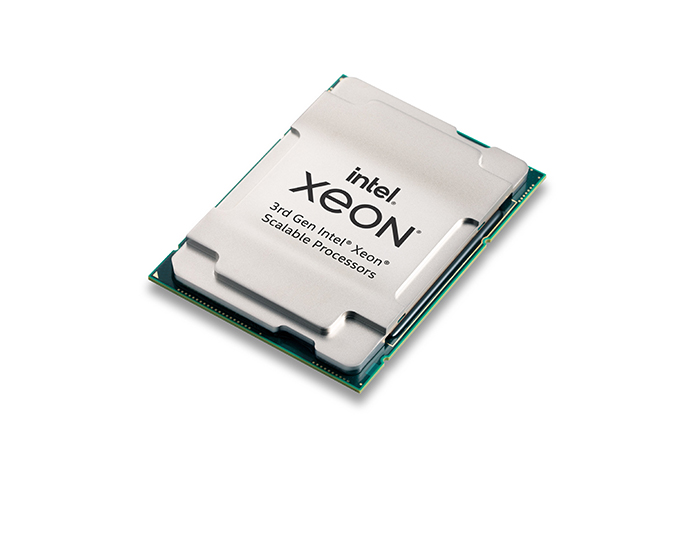Intel debuts 3rd generation Xeon scalable processor with telco SKUs tailored for the 5G era
This week Intel announced its third-generation Xeon scalable processor which comes in SKUs that are optimized for use in telco networks that are becoming increasingly virtualized and disaggregated with proprietary, single-purpose boxes getting swapped for commodity hardware running virtualized and cloud-native network workloads.
In talking through the latest launch, Navin Shenoy, executive vice president and general manager of the Data Platforms Group, sketched out four critical inflections the company is working to address with its portfolio:
- The proliferation of hybrid cloud which is democratizing access to high performance computing;
- The infusion of artificial intelligence and machine learning into applications spanning edge, network and cloud;
- The rapid adoption of 5G and attendant high-bandwidth, low-latency use cases;
- And the distribution of computing out to the edge of the network where data is generated.
“The confluence of these trends is leading to the biggest and fastest build out of computing in human history,” Shenoy said during a virtual presentation. “To keep pace with this rapid digital transformation, Intel recognizes that infrastructure has to be built to be flexible across a broad set of workloads. This means that the data centers of the future will look very different from how they do today—they’ll be more distributed in size and location, built on both public and private clouds, compute, storage and memory will be increasingly disaggregated leveraging pools of infrastructure.”
The latest from Intel, code named Ice Lake, comes in telco-focused “N-SKUs” that, according to the firm, “deliver an average 62% more performance on a range of broadly deployed 5G and network workloads over the prior generation.” Intel is also sampling Xeon D processors “designed for space and power-constrained environments at the edge.”
During his presentation Shenoy virtually talked virtualization with Verizon’s Vice President of Technology Strategy and Network Cloud Srini Kalapala. Verizon was first-to-market with 5G in the U.S. with its 5G Home fixed wireless access service and has since built out 5G using millimeter wave spectrum and by tapping Dynamic Spectrum Sharing to achieve nationwide coverage. The company is also actively building out and selling a combination of 5G and mobile edge computing following its larger network-as-a-service strategy.
Kalapala told Shenoy that cloud-native and virtualization principles are key to delivering emerging 5G use cases. “We are going to deliver advanced capabilities that our customers require. Virtualization does that by virtualizing the core all the way to the edges of the RAN. We are able to move the network functions to any point in our network and thus meeting some of the critical requirements such as ultra reliable communication or extreme low latency communications or connecting a massive amount of devices where we can scale the networks to the demands of the users at any point in time…As we look to deliver the most advanced 5G network…we look to partners like you to drive the silicon, the cloud and the software forward.”
Click here for a detailed look at Ice Lake, and view the recorded launch presentation here.

